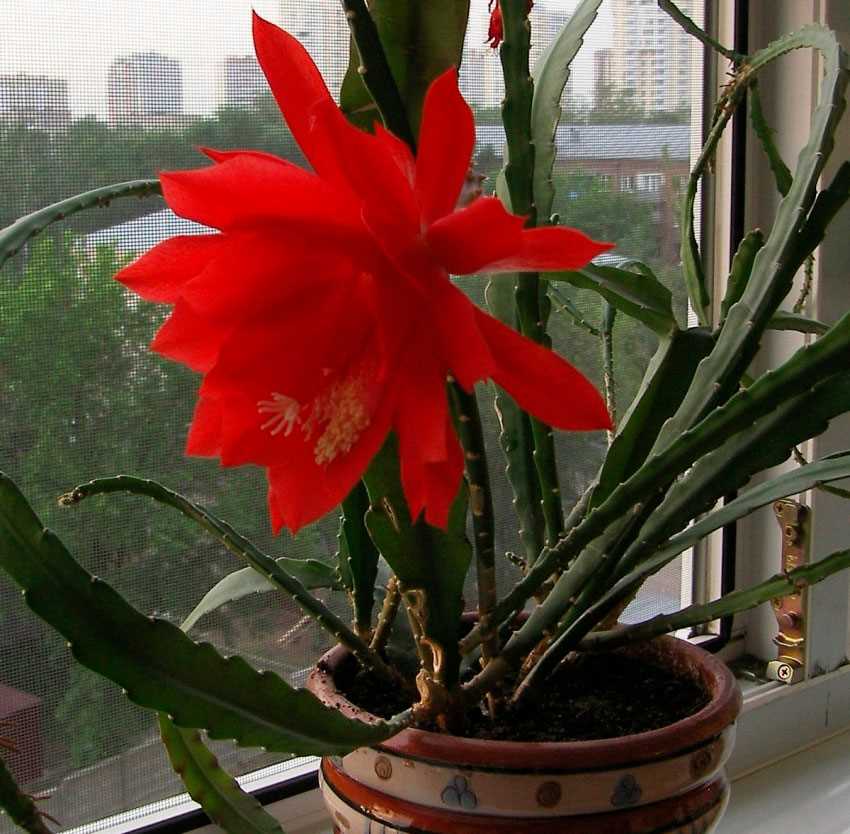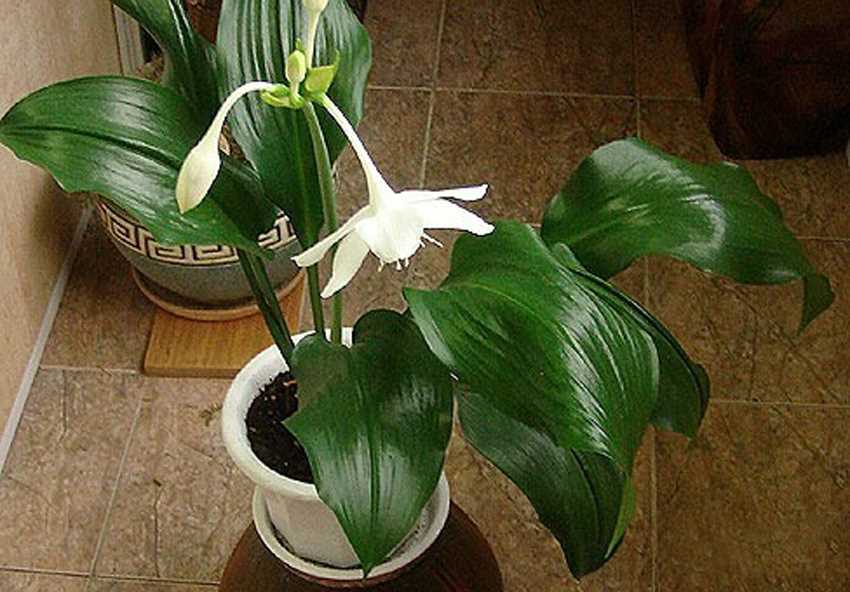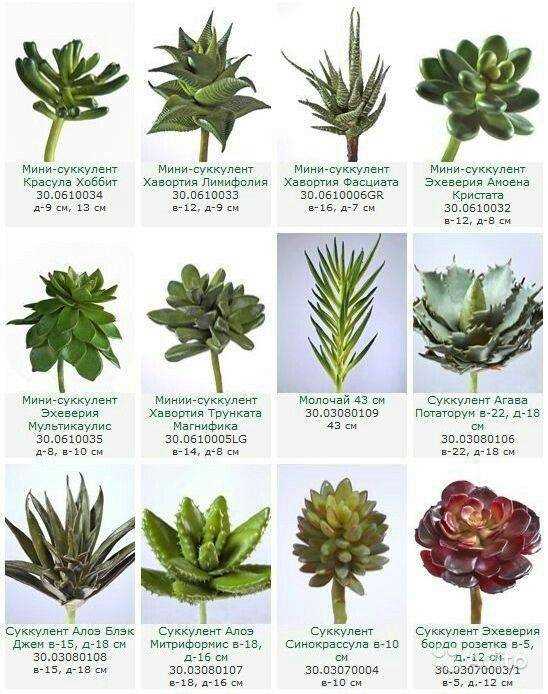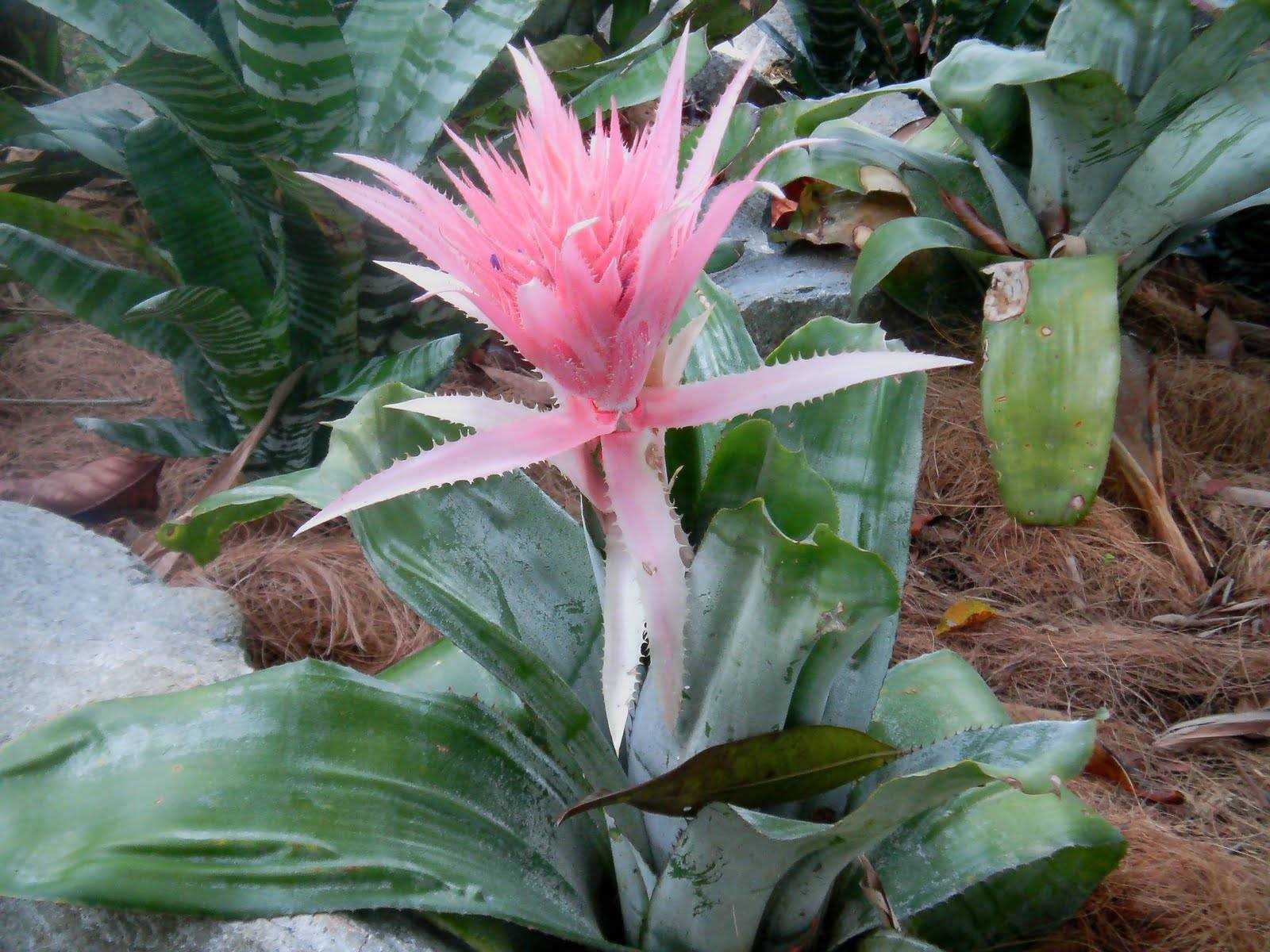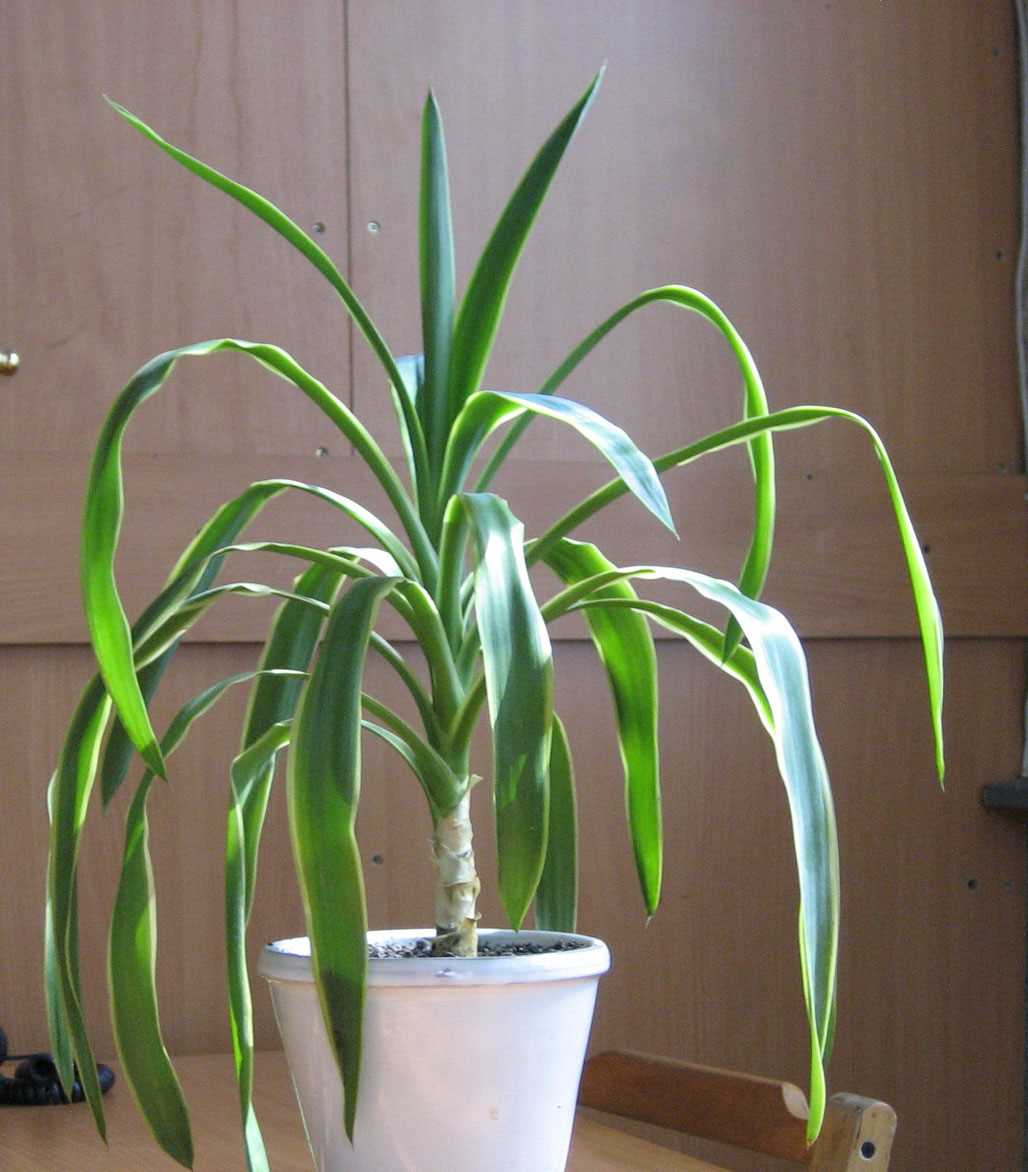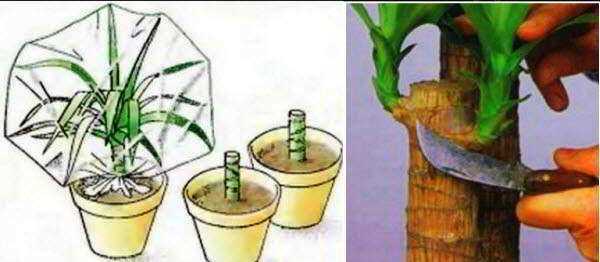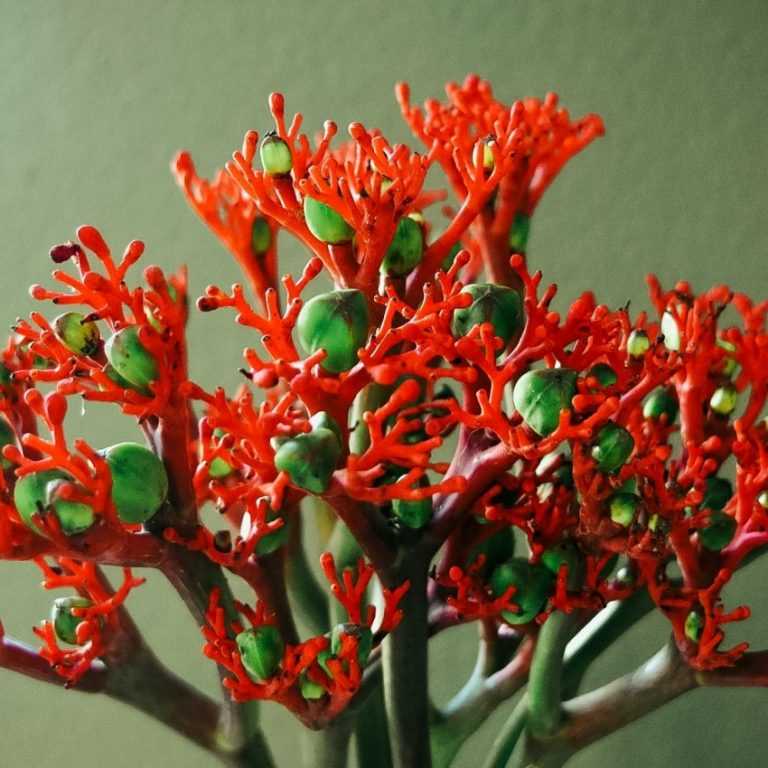- Простой способ размножения орхидей
- Методы стимуляции появления деток у орхидей
- 1. Повреждение стебля
- 2. Применение гормонов
- 3. Изменение условий содержания
- 4. Разделение клубней
- 5. Каскадное освещение
- Выбор подходящих сортов орхидей для размножения
- Функции стебля орхидей в процессе размножения
- 1. Поддержание вертикального положения растения
- 2. Транспортировка питательных веществ
- 3. Формирование боковых дочерних растений (кейкей)
- Особенности полового размножения орхидей
- Признаки готовности орхидей к размножению
- Уход за орхидеей после появления деток
- Техники культивирования деток орхидей
- 1. Разделение клубней
- 2. Выращивание деток на специальных подложках
- 3. Размещение деток на погонических стеблях
- Зачем нужно размножать орхидеи
- Условия, способствующие размножению орхидей
- Полезные советы по размножению орхидей
- Выберите правильный способ разделения орхидей
- Установите оптимальные условия для размножения
- Правильно обрабатывайте растения
- Обеспечьте оптимальное питание и уход
- Орхидеи: размножение путем деления клубня
- Как происходит размножение орхидей путем деления клубня?
- Преимущества размножения орхидей путем деления клубня
- Вопрос-ответ:
- Как размножаются орхидеи?
- Что такое детки у орхидей?
- Как можно спровоцировать появление деток у орхидей?
- Какую среду нужно создать для появления деток?
- Как ухаживать за детками орхидей?
Орхидеи – это одни из самых красивых и популярных комнатных растений. Они отличаются своей изящностью и разнообразием форм и цветов. Многие хозяева орхидей мечтают о том, чтобы их растение размножилось и появились новые цветы. В этой статье мы расскажем о простом способе размножения орхидей, который позволяет спровоцировать появление деток.
Самым простым и доступным способом размножения орхидей является разделение корневой системы. Для этого необходимо выбрать зрелое и здоровое растение, которое имеет достаточно развитую корневую систему. Чтобы провести разделение, нужно аккуратно вынуть орхидею из горшка и осторожно разделить корни на несколько частей. Каждая из получившихся деток должна иметь минимум один здоровый лист и корень. Разделенные детки необходимо обработать специальным препаратом для стимуляции роста и затем посадить в новые горшки с подходящей почвой и условиями содержания.
Кроме разделения корневой системы, есть еще несколько способов размножения орхидей. Один из них – разделение клубней или псевдобульбов. Для этого необходимо дождаться, пока клубни вырастут в достаточно большой размер и начнут выдавать боковые побеги. После этого можно аккуратно разделить клубни на несколько частей и посадить их в отдельные горшки. Важно помнить, что каждая часть клубня должна иметь хотя бы один здоровый побег, а также часть клубня, откуда он растет. После посадки разделенных клубней следует обработать специальным препаратом и обеспечить им оптимальные условия для роста.
Простой способ размножения орхидей
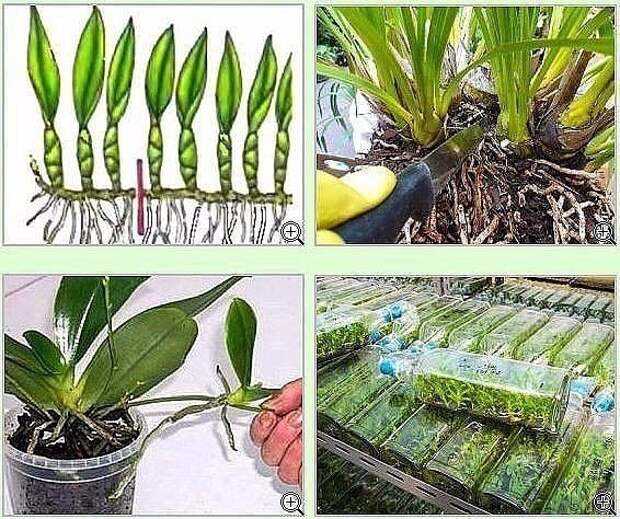
Размножение орхидей – интригующий процесс, который может быть выполнен с помощью нескольких простых методов. Один из самых популярных и эффективных способов размножения – разделение клумбы на самостоятельные растения.
Шаг 1: Выберите здоровый и хорошо развитый растение для разделения. Убедитесь, что у него достаточно корней и побегов.
Шаг 2: Осторожно извлеките растение из горшка, стараясь не повредить корни. Если корни переплетены, аккуратно разделите их руками.
Шаг 3: После разделения корней, с помощью острого и стерильного инструмента (например, ножниц) отрежьте одиночные подкарливающие отростки от основного растения. Убедитесь, что каждый отросток имеет достаточное количество корней.
Шаг 4: Посадите новые отростки в отдельные горшки с подходящей почвой для орхидей. Учтите требования каждого вида орхидеи к почве и подберите ее соответствующим образом.
Шаг 5: После посадки новых растений, обеспечьте им достаточное количество света, тепла и влаги. Регулярно проверяйте влажность почвы и поддерживайте ее оптимальным уровнем.
Важно: Размножение орхидей может занять некоторое время, поэтому будьте терпеливы и следуйте указанным выше шагам правильно.
Используя этот простой метод размножения орхидей, вы сможете получить новые красивые растения и наслаждаться их красотой и ароматом.
Методы стимуляции появления деток у орхидей
1. Повреждение стебля
Одним из простых способов стимулировать появление деток у орхидей является повреждение стебля. Если орхидея имеет стебель, достаточно сделать повреждение в виде разреза или надлома. Такой механический стресс заставит растение активировать процесс регенерации и, возможно, спровоцировать появление новых побегов или деток.
2. Применение гормонов
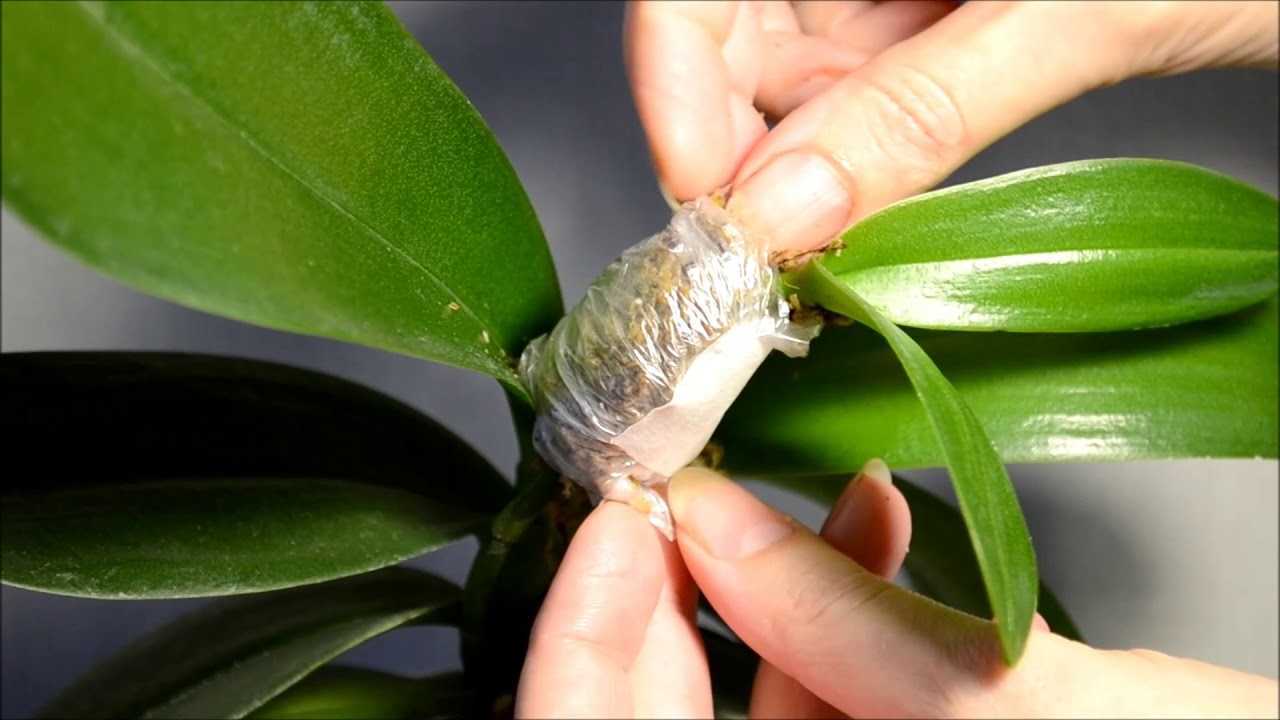
Орхидеи часто реагируют на гормональные стимуляторы, такие как ауксины или цитокинины. Использование этих веществ может помочь ускорить процесс образования новых побегов или деток. Гормоны можно нанести на поврежденный стебель или впрыснуть непосредственно в растение.
3. Изменение условий содержания
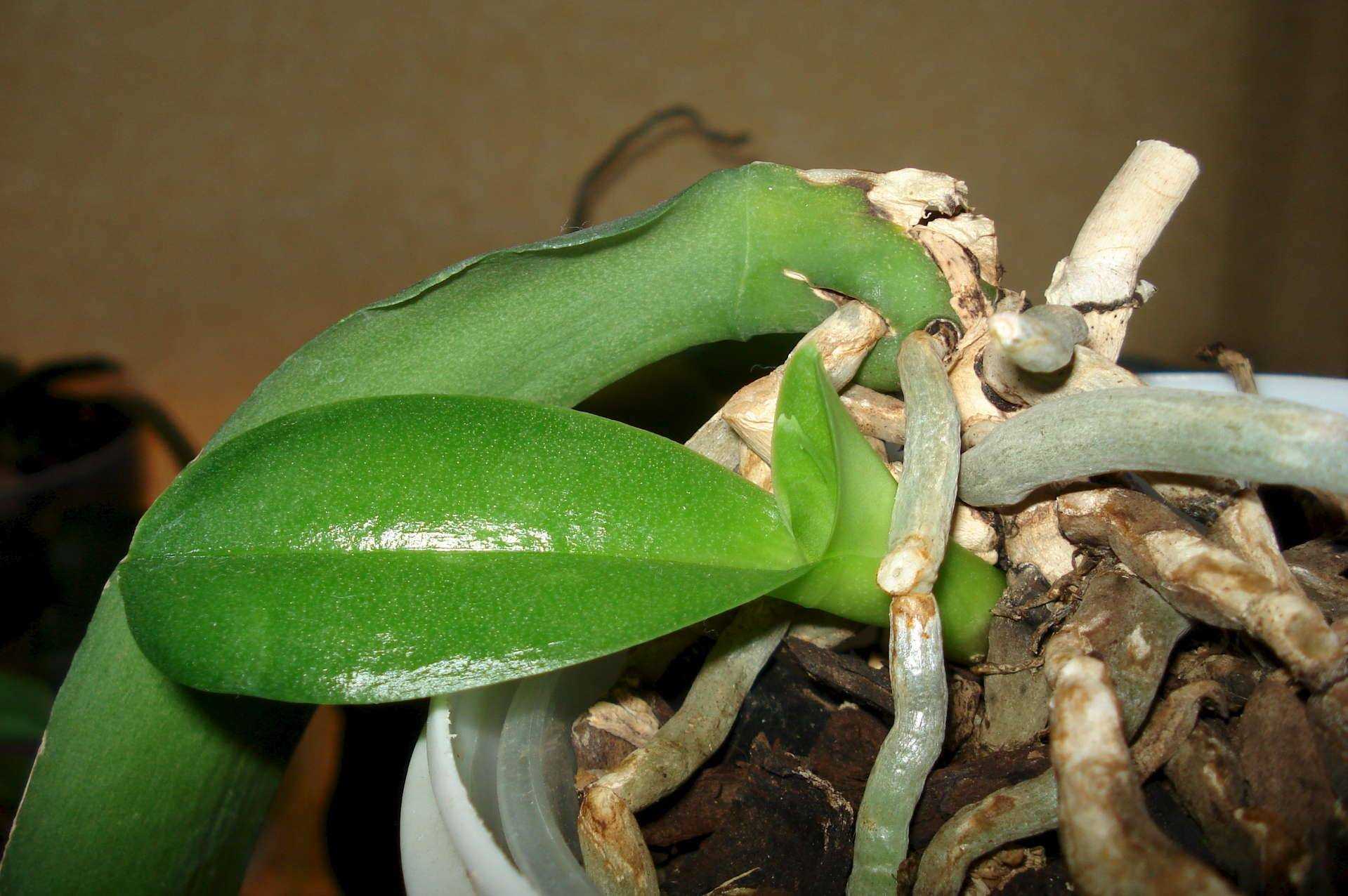
Изменение условий содержания, таких как освещение, температура или влажность, может также стимулировать орхидеи к образованию деток. Некоторые виды орхидей требуют временного понижения температуры или повышения влажности, чтобы активизировать процесс размножения.
4. Разделение клубней
Другой способ стимулирования появления деток у орхидей — разделение клубней. У некоторых видов орхидей можно разделить клубни и пересадить их отдельно. При правильном уходе, каждая разделенная клубень может дать отдельное растение и, таким образом, спровоцировать появление деток.
5. Каскадное освещение
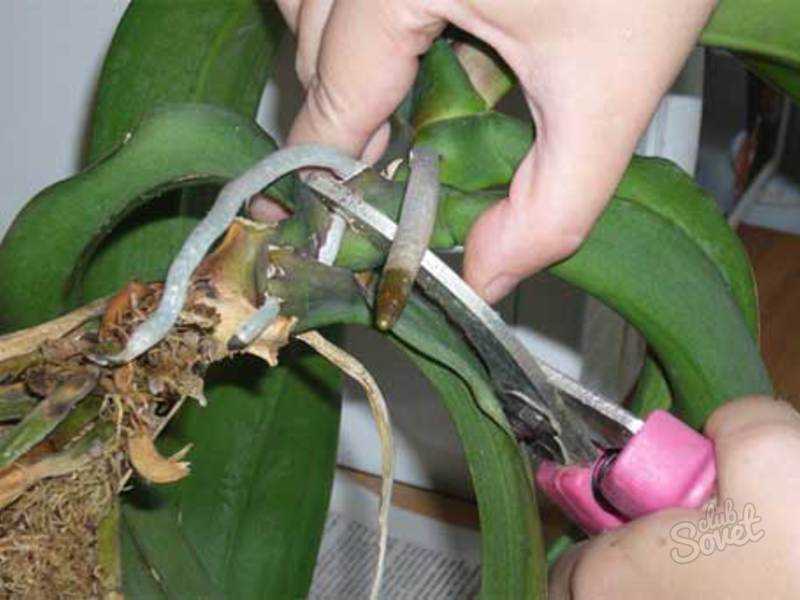
Орхидеи часто реагируют на изменения освещения. Одним из методов стимуляции появления деток может быть создание эффекта каскадного освещения, при котором верхняя часть растения освещается ярче и дольше, чем нижняя. Такая дифференциация освещения может спровоцировать развитие новых побегов на нижних уровнях.
Выбор подходящих сортов орхидей для размножения

При размножении орхидей важно выбрать подходящие сорта, которые будут способны успешно размножаться. Как правило, для размножения используются сорта, которые хорошо растут и процветают в условиях, близких к их естественной среде обитания.
Прежде чем выбирать сорта орхидей для размножения, необходимо учесть несколько факторов. Важно определить, какие условия вы можете предоставить растениям, такие как освещение, температура, влажность и поддержка. Кроме того, учитывайте свои личные предпочтения относительно цветов, формы цветка и аромата.
Один из способов выбора подходящих сортов орхидей для размножения — изучение информации о разных сортах орхидей и их характеристиках. Можно прочитать книги и статьи о различных сортах орхидей, пообщаться с опытными орхидееводами или посетить специализированные выставки и магазины. Также полезно изучить, какие сорта орхидей уже растут у вас дома и какие из них процветают лучше всего в ваших условиях обитания.
Помимо этого, можно обратиться к oрхидейным каталогам и сайтам, где представлена информация о различных сортах орхидей. Здесь можно найти описания сортов, их фотографии и советы по уходу. Также, можно обратить внимание на рекомендации производителей по размножению каждого конкретного сорта орхидей, чтобы выбрать тот, который лучше всего подходит для ваших целей.
Функции стебля орхидей в процессе размножения
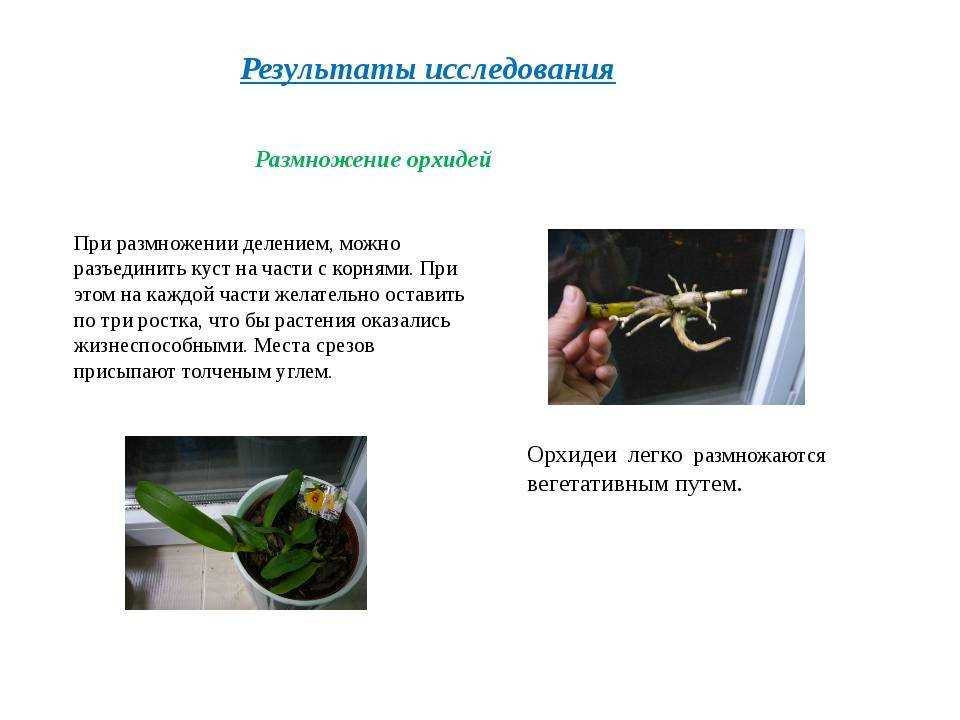
Стебель орхидей является одной из важных частей растения, выполняющей несколько функций в процессе его размножения.
1. Поддержание вертикального положения растения
Один из основных функций стебля орхидей – это поддержание вертикального положения растения. Он обеспечивает прочность и устойчивость кровоточащей размножения. Благодаря своей жесткой структуре, стебель помогает орхидее находиться в вертикальном положении даже при ветре или других внешних воздействиях.
2. Транспортировка питательных веществ
Стебель орхидей является основным магистралью для транспортировки питательных веществ из корней в остальные части растения. Он обеспечивает доставку воды и минеральных веществ, необходимых для жизнедеятельности растения, к его частям, таким как листья, цветы и бутоны. Таким образом, стебель является важным элементом процесса питания и размножения орхидей.
3. Формирование боковых дочерних растений (кейкей)
Стебель орхидей также выполняет функцию формирования боковых дочерних растений, которые называются кейкей. Кейкей – это маленькие растения, которые могут отделиться от материнского растения и выраститься в отдельные самостоятельные орхидеи. На стебле образуется специальный узел, из которого затем появляется кейкей. Это является способом для орхидей размножаться и распространяться.
В целом, стебель орхидей играет важную роль в их размножении, поддерживая вертикальное положение растения, транспортируя питательные вещества и формируя боковые дочерние растения. Поэтому правильный уход за стеблем и его стимуляция могут спровоцировать активное размножение орхидей.
Особенности полового размножения орхидей
Орхидеи являются одними из самых красивых и изысканных цветов, и их размножение может быть интересным для садоводов. В противоположность асексуальному размножению, половое размножение орхидей является особым и фасцинирующим процессом.
1. Флоральная морфология
Орхидеи имеют особую структуру цветка, известную как гибридная орхидная орхидея, которая позволяет им половое размножение. У них есть мужские и женские органы размножения, и для успешного полового размножения требуется перенос пыльницы с мужской орган на выделенную приемникомсятку.
2. Функция пыльцы
Пыльца орхидей играет важную роль в половом размножении. Она содержит специальные органы, называемые полинии, которые в результате переноса могут достичь приемника и оплодотвориться. Пчелы, колибри и другие насекомые могут служить переносчиками пыльцы, привлекаясь к привлекательному запаху орхидей.
3. Оплодотворение и образование семян
Когда пыльца достигает приемника, происходит оплодотворение, которое приводит к образованию зрелого семени. Семена орхидей содержат все необходимые питательные вещества для развития нового растения. Семена орхидей имеют очень маленький размер и могут быть довольно нежными, поэтому при их сборе и посеве требуется особая аккуратность и внимание.
4. Использование искусственного размножения
Помимо полового размножения, существует искусственный способ размножения орхидей, который используется для получения новых сортов и гибридов с интересными цветами и формами цветков. Этот метод включает в себя сохранение и культивацию тканей орхидей в лабораторных условиях.
В целом, половое размножение орхидей – сложный и удивительный процесс, в котором участвуют разные факторы и организмы. Понимание этих особенностей может помочь садоводам успешно размножать орхидеи и создавать новые уникальные сорта этого великолепного цветка.
Признаки готовности орхидей к размножению
Орхидеи являются одними из самых красивых цветов, их уникальностью является способность размножаться при помощи деток. Размножение орхидей происходит при определенных условиях, которые указывают на готовность растения к этому процессу.
Так стоп!!! Вы всё ещё не подписаны на наши каналы в Телеграмм и Дзен? Посмотрите: ТГ - (@historyfantasydetectivechat) и Дзен (https://dzen.ru/myshortsstorys)
Один из основных признаков готовности орхидей к размножению – появление новых побегов, которые называются детками или ребенками. Эти побеги растут из узлов стебля и являются новыми растениями. Появление деток – это прямой признак того, что орхидея готова к размножению.
Еще одним признаком готовности орхидей к размножению является формирование второстепенных корней, которые вырастают из стебля. Эти корни являются признаком хорошего здоровья орхидеи и говорят о ее готовности к размножению.
Орхидеи также могут готовиться к размножению через образование цветочных почек. Это маленькие выступы на стебле, из которых в дальнейшем развиваются цветы. Появление цветочных почек является еще одним признаком готовности орхидей к размножению.
Чтобы спровоцировать появление деток у орхидей, следует создать оптимальные условия для их развития. Для этого необходимо обеспечить растению достаточное количество света, влаги, а также правильный режим температуры и влажности воздуха. Правильный уход за орхидеей и создание комфортных условий помогут стимулировать растение к размножению и появлению деток.
Уход за орхидеей после появления деток
Когда у вас появились детки у орхидеи, требуется специальное внимание к уходу за растением. Новорожденные детки теперь нуждаются в особом режиме увлажнения и питания.
Во-первых, регулярно проверяйте уровень влажности почвы в горшке и поливайте растение вовремя. Деткам орхидеи особенно нужны микроэлементы и питательные вещества, поэтому рекомендуется использовать специальные удобрения для орхидей с повышенным содержанием фосфора и калия.
Во-вторых, обеспечьте растению достаточное количество света, но избегайте прямых солнечных лучей. Место у окна с рассеянным светом или искусственное освещение недалеко от орхидеи будет наилучшим вариантом.
Кроме того, обратите внимание на температурные условия. Деткам у орхидеи необходимо сохранить стабильный климат. Идеальная температура для их роста и развития составляет около 20-25 градусов Цельсия. Избегайте сквозняков и резких перепадов температур.
Также важно удалять отцветшие цветы и старые листья регулярно. Это поможет растению сохранить энергию для роста и развития деток. При появлении новых деток можно спровоцировать их быстрый рост, если пересадить их в отдельные горшки при достижении определенного размера.
Настоятельно рекомендуется следить за состоянием корней деток и при необходимости пересаживать их в новую субстратную смесь. Это позволит улучшить доступность питательных веществ и минералов и способствовать здоровому росту и развитию ваших малышей.
Техники культивирования деток орхидей
Культивирование деток орхидей является одним из самых популярных способов их размножения. Существует несколько техник, которые можно использовать для успешного разведения орхидей.
1. Разделение клубней
Одной из самых распространенных техник является разделение клубней орхидей. Для этого необходимо аккуратно разделить клубни на отдельные части, так чтобы каждая из них содержала достаточное количество корней и бульб. После этого детки могут быть помещены в отдельные горшки и залиты питательной почвой.
2. Выращивание деток на специальных подложках
Для некоторых видов орхидей рекомендуется использовать специальные подложки, которые предназначены для размещения деток. Эти подложки обеспечивают оптимальные условия для успешного развития деток, включая правильную влажность и доступ к воздуху. Детки можно помещать на подложки, когда они достаточно велики и имеют устойчивые корни.
3. Размещение деток на погонических стеблях
Некоторые виды орхидей могут размножаться путем появления деток на погонических стеблях. Детики могут появиться в узлах стебля и вырастать до достаточного размера, чтобы разместить их в отдельных горшках. Важно обеспечить правильные условия для роста деток, включая достаточное освещение и влажность.
Техники культивирования деток орхидей различаются в зависимости от вида и сорта растения. Важно проводить исследования и получать рекомендации от опытных садоводов, чтобы выбрать наиболее подходящую технику для конкретной орхидеи и обеспечить ее успешное размножение.
Зачем нужно размножать орхидеи
Размножение орхидей – это важный процесс, который позволяет сохранить и расширить коллекцию этих прекрасных растений. С помощью размножения мы можем получить новые экземпляры орхидей с уникальными свойствами и красивыми цветами. Это позволяет нам создавать разнообразные композиции и украшать ими наши сады, дома и офисы.
Размножение орхидей также позволяет увеличить численность популяции редких и исчезающих видов. Многие виды орхидей находятся под угрозой их вымирания из-за разрушения их естественных мест обитания. Путем размножения этих видов мы можем сохранить их генетическое разнообразие и способствовать их восстановлению в природе.
Размножение орхидей также является одним из способов их сохранения и ухода за ними. По мере старения и потери красоты у материнских растений, мы можем выращивать новые растения из деток или клиентов. Это позволяет нам поддерживать здоровье и красоту наших орхидей, обновлять коллекцию и получать новые удовольствия от их выращивания и ухода.
Условия, способствующие размножению орхидей
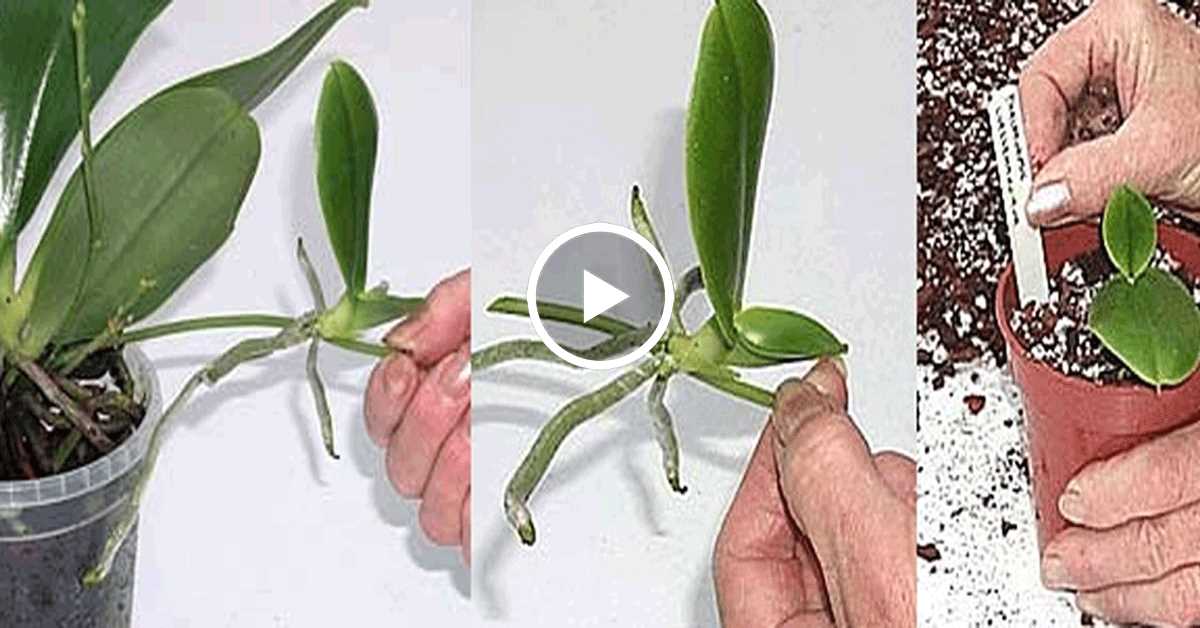
Для успешного размножения орхидей необходимо создать определенные условия, которые способствуют появлению деток. Орхидеи могут размножаться как в природных условиях, так и в домашних условиях.
Одним из ключевых факторов, которые способствуют размножению орхидей, является здоровое состояние растения. Растения должны быть достаточно взрослыми и иметь хорошо развитую корневую систему. Орхидеи, которые находятся в плохом состоянии или страдают от болезней, не способны эффективно размножаться.
Важным фактором для размножения орхидей является также правильный уход за растением. Орхидеи требуют определенного количества света, тепла и влаги. Для создания комфортных условий, следует выбрать подходящее место для размещения орхидеи, установить адекватную температуру и поддерживать оптимальный уровень влажности воздуха и почвы.
Также можно стимулировать размножение орхидей путем проведения специальных процедур, таких как деление куста, выращивание деток или использование метода черенкования. Размножение орхидей через деление куста заключается в разделении взрослого растения на две или более частей, каждая из которых будет продолжать расти как самостоятельное растение.
Выращивание деток – это еще один способ размножения орхидей. Для этого надо использовать специальные техники, такие как кольцевое разделение или метод коконизации. Когда детки достигают определенного размера и развивают собственные корни, их можно отделить от родительского растения и посадить в отдельный горшок.
Важно помнить, что размножение орхидей – это процесс, который требует терпения и настойчивости. В некоторых случаях, орхидеи могут не размножаться многие годы, а в других – быстро и легко размножаться.
Полезные советы по размножению орхидей
Выберите правильный способ разделения орхидей
Размножение орхидей можно осуществить разными способами, включая деление клумбы, генеративное размножение и вегетативное размножение. При выборе способа стоит руководствоваться особенностями конкретного вида орхидеи.
Установите оптимальные условия для размножения
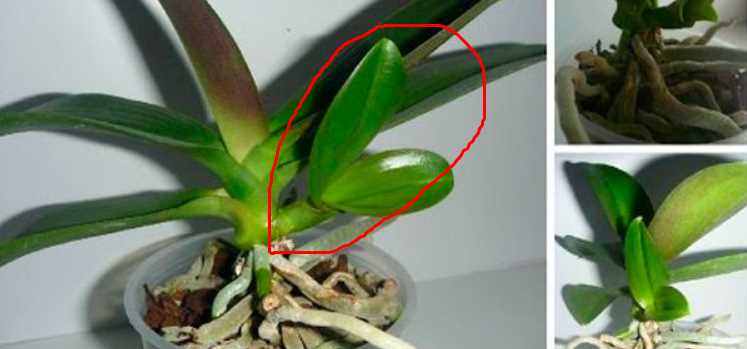
Для успешного размножения орхидей важно обеспечить оптимальные условия. Правильная температура, влажность и освещение способствуют развитию новых растений. Обратите внимание на требования конкретного вида и создайте подходящую среду.
Правильно обрабатывайте растения
Перед началом размножения орхидей важно правильно обработать растения. Следует аккуратно отделить детки или черенки от родительского растения и обработать раны специальными средствами для защиты от инфекций.
Обеспечьте оптимальное питание и уход
Важно обеспечить новые растения оптимальным питанием и уходом. Регулярно подкармливайте растения удобрениями, следите за влажностью и проводите необходимые процедуры по уходу, чтобы обеспечить их здоровье и развитие.
Орхидеи: размножение путем деления клубня
Размножение орхидей – это удивительный процесс, который позволяет получить новые экземпляры растения. Орхидеи могут размножаться различными способами, включая деление клубня. Этот метод является одним из самых простых и эффективных.
Как происходит размножение орхидей путем деления клубня?
Для размножения орхидей путем деления клубня необходимо выбрать зрелое и здоровое растение. Сначала оно должно быть вынуто из горшка, а затем аккуратно разделено на две или более части. Важно помнить, что каждая новая часть должна иметь свои корни и побеги, иначе процесс размножения может не удалиться.
После деления клубня каждую новую часть следует тщательно обработать. Для этого можно использовать питательные вещества или антимикробные препараты, чтобы защитить растение от возможных инфекций. Затем новые части растения размещаются в отдельные горшки с подходящей почвой и надлежащими условиями выращивания.
Преимущества размножения орхидей путем деления клубня
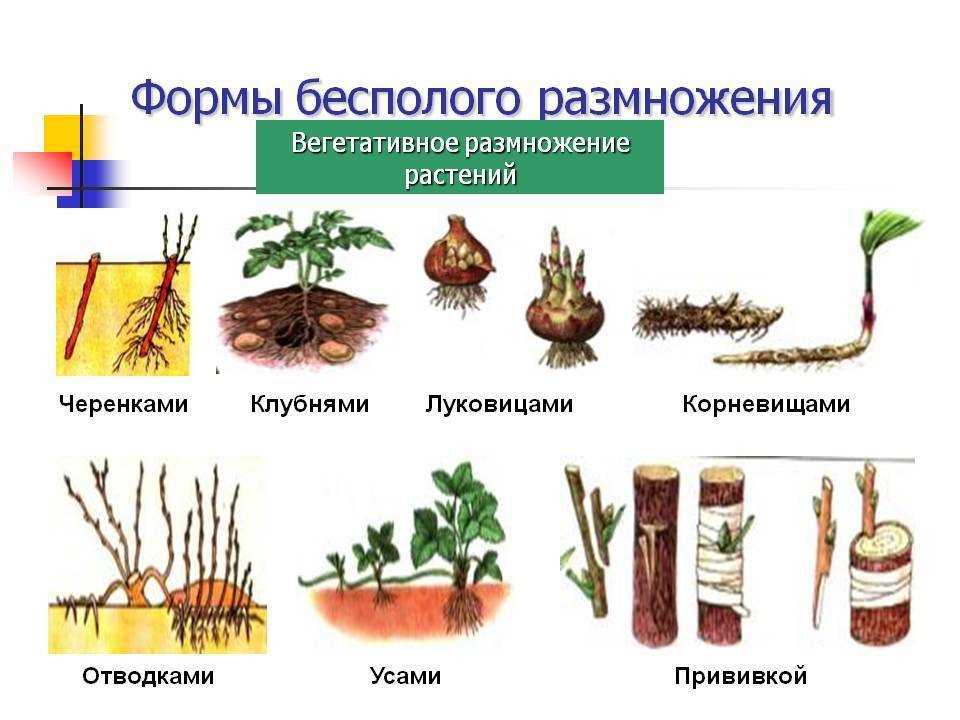
Размножение орхидей путем деления клубня предлагает ряд преимуществ. Во-первых, это способ позволяет получить полностью развитое растение. В отличие от других методов размножения, где требуется время для роста, при делении клубня вы получаете уже готовые к образованию бутонов и расцветке экземпляры.
Во-вторых, размножение орхидей путем деления клубня обеспечивает сохранение генетической сущности исходного растения. Это особенно важно для сохранения редких видов и сортов орхидей, чтобы не потерять их уникальные характеристики и красоту.
В-третьих, размножение орхидей путем деления клубня является надежным и проверенным способом. С его помощью можно получить новые растения с такими же характеристиками и качествами, как и исходное растение.
В заключение, размножение орхидей путем деления клубня – это простой и доступный способ получения новых растений, сохранения генетической сущности исходного растения, а также получения уже готовых к цветению экземпляров. Попробуйте этот метод и у вас появятся новые красивые орхидеи для радости и украшения вашего дома или сада.
Вопрос-ответ:
Как размножаются орхидеи?
Орхидеи могут размножаться несколькими способами, включая побеги, детки и семена. Один из самых простых способов размножения орхидей — это спровоцировать появление деток.
Что такое детки у орхидей?
Детки у орхидей — это маленькие растения, которые развиваются на стебле или у корней основной растения. Они могут отделиться от родительского растения и стать независимыми особями.
Как можно спровоцировать появление деток у орхидей?
Для спровоцирования появления деток у орхидей можно использовать несколько методов. Один из них — это обрезать стебель основного растения на уровне узла и поместить влажную среду, чтобы детки начали образовываться.
Какую среду нужно создать для появления деток?
Для появления деток у орхидей важно создать влажную среду. Вы можете использовать специальные контейнеры или просто накрыть стебель растения влажной моховой субстратом, таким как сфагнум. Это поможет стимулировать образование деток.
Как ухаживать за детками орхидей?
Ухаживать за детками орхидей важно так же, как и за взрослыми растениями. Их следует регулярно поливать и контролировать влажность. После некоторого времени, когда детки вырастут и укрепятся, их можно пересадить в отдельный горшок.

